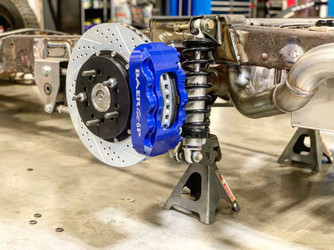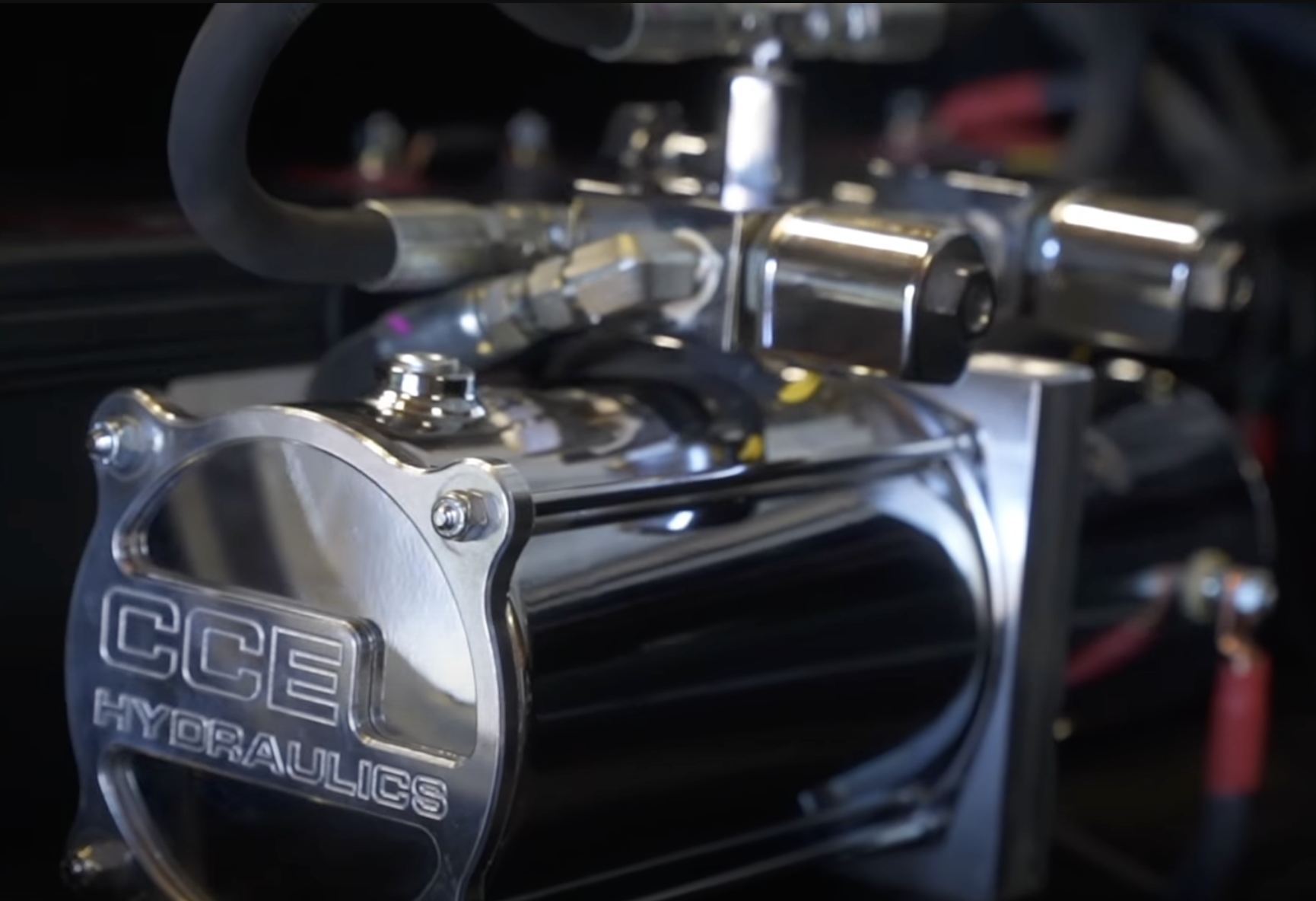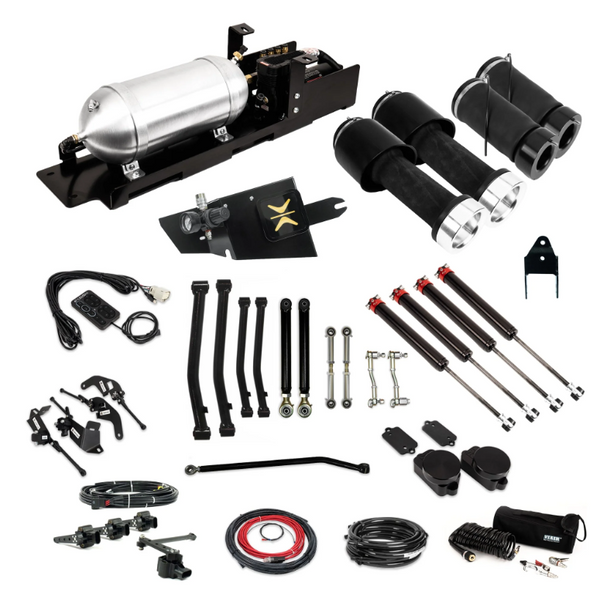Ah, the eternal question. How should you spend your money? Is it best spent replacing your struts and your shocks at the same time, or should you do just one pair or the other?
We can’t answer all of life’s complicated questions for you, but in this case, we’ve got a bit of an edge. Let’s go through the problem step by step.
What’s the difference between a shock and a strut?
Good question. Let’s start with the obvious, and a quick story.
Back in the day, cars came with shock absorbers. These were designed to control the up-and-down movement found in the coils and smooth out the ride. They were a separate component from the coil, so they either sat to the side, mounted to a control arm or axle and then the frame, or sometimes were inside the coil itself, like you’d find in an ’88-’98 Chevrolet Silverado.
But when cars started getting smaller, there was less and less room for a separate coil and shock. And that’s when struts started to come into play. These are shock absorbers with mounts for a coil that are then put into one unit with a cap on the top. In this way you can remove the coil and shock in one unit, and it saves a ton of space.
There are different types of struts, too. Take a look at this set included in our kit for ’07-’14 Chevy trucks. There’s a perch for the coil, and then you’d use the factory strut cap to contain it on the assembly. The bottom here is designed to mount to the lower control arm, like you’ll find in many cars and trucks with struts. That said, some cars have MacPherson struts, and those bolt to the spindle and turn with the steering. In both scenarios, you should get an alignment after replacing them.
Other than their physical differences, the other issue here is labor. Typically it takes longer to replace a strut than it does a shock, as you have more time into taking apart the assembly.
So do I replace my shocks or struts first?
Although you can find struts in both the front and rear of some vehicles, it’s often a combination of the two; The struts are mounted up front, with the shocks out back. That can save you some money on installation costs, but that’s no guarantee that it’ll be cheap.
In an ideal world you’d replace both your shocks and struts at the same time. This is mainly a safety issue; Properly functioning shocks and struts are critical to keeping your tire’s contact patch on the ground, and that’s important for braking and steering. If you’ve got problems on both ends of your vehicle, then yes, you should replace all four at the same time.
The only problem is usually financial in nature. It’s not cheap to replace a pair of struts and/or shocks, so you have to consider whether or not it’s worth it to spend that much money on the project. But — and we’re not trying to put too fine a point on this — how much is your safety worth?
It’s an easy choice, except when it isn’t.
That’s the thing, isn’t it? If you had all the money in the world, then this question wouldn’t even come up. But unless your last name is Bezos and you’re reading this from the back of your private jet, chances are pretty good that money plays a role in this whole scenario.
Ideally, you’ll want to replace your shocks and struts at the same time. But if money is an issue, focus on replacing the pair that’s the worst off, then do the remaining pair as soon as possible.







